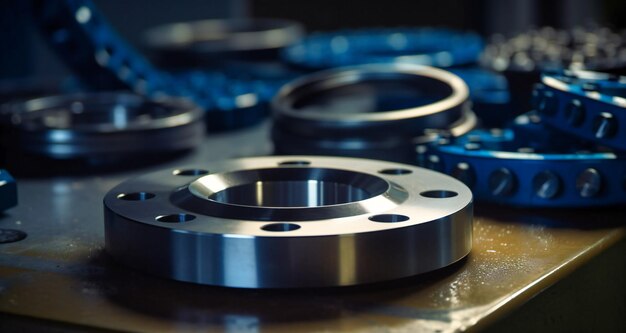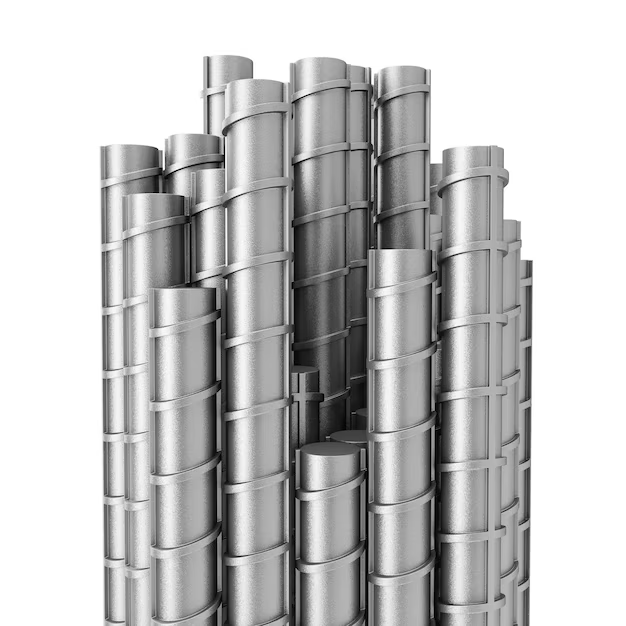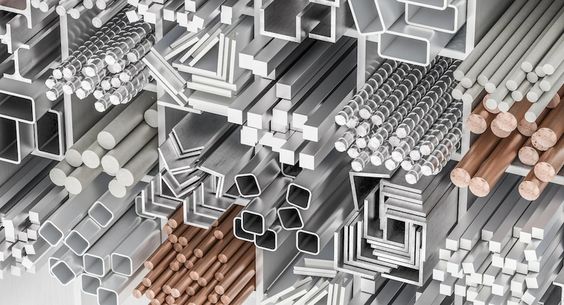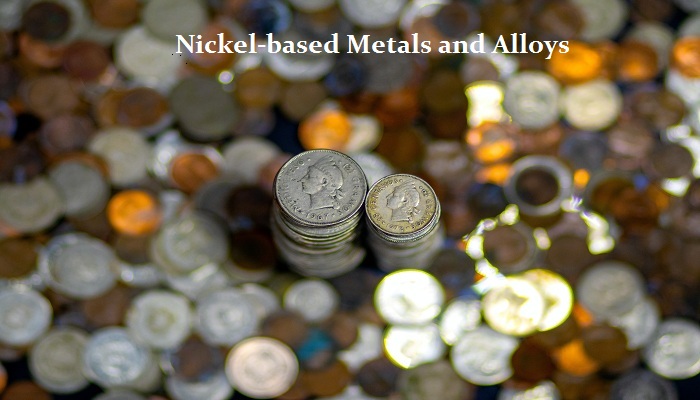Introduction
Flanges are critical components in engineering and industrial applications, playing a key role in connecting pipes, valves, pumps, and other equipment. Whether you are in the oil and gas industry, power generation, petrochemicals, or water treatment, selecting the right flange is essential for ensuring efficiency, safety, and longevity.
As we step into 2025, technological advancements, material innovations, and evolving industry standards continue to influence the flange market. Before purchasing flanges, there are several factors you must consider, including material selection, pressure ratings, flange types, international standards, supplier reliability, and cost-effectiveness.
This guide will provide you with comprehensive insights into what you should know before buying flanges in 2025, ensuring you make an informed decision.
1. Types of Flanges
Before purchasing flanges, it is crucial to understand the different types available and their specific applications.
a) Weld Neck Flanges
- Designed for high-pressure applications.
- Provides excellent strength and leak-proof connections.
- Ideal for petrochemical and oil & gas industries.
- Typically used in harsh environments where temperature and pressure fluctuations occur.
b) Slip-On Flanges
- Easy to install and cost-effective.
- Used in lower-pressure applications.
- Common in water supply systems and HVAC applications.
- Require fillet welding at both the inside and outside of the flange for proper reinforcement.
c) Blind Flanges
- Used to close the end of a pipeline.
- Helps in maintenance and repair operations.
- Suitable for pressure vessel applications.
- Prevents leaks and allows for easy expansion in future pipeline modifications.
d) Socket Weld Flanges
- Used for small-diameter, high-pressure pipes.
- Provides strong connections with no leakage.
- Common in chemical and hydraulic systems.
- Requires only one fillet weld on the outside of the flange, reducing welding costs.
e) Threaded Flanges
- Screwed onto pipes without welding.
- Ideal for low-pressure applications.
- Commonly used in plumbing and firefighting systems.
- Suitable for applications where welding is hazardous or impractical.
f) Lap Joint Flanges
- Used with stub ends for frequent dismantling.
- Suitable for low-pressure, non-critical applications.
- Ideal for chemical processing industries.
- Allows for rotational alignment, making bolt-hole positioning easier.
g) Orifice Flanges
- Designed for flow measurement applications.
- Contains orifice plates for pressure monitoring.
- Used in power plants and refineries.
- Essential for accurate metering and flow control in pipelines.
Each flange type has unique advantages and should be chosen based on the specific requirements of your project.
See Also Comprehensive Guide to Flanges: Types, Functions, and Applications
2. Material Selection
The material of the flange plays a crucial role in its performance, durability, and compatibility with the medium it will be handling. Some of the most common materials used in flanges include:
a) Carbon Steel Flanges
- High strength and durability.
- Suitable for high-temperature and high-pressure applications.
- Cost-effective option for industrial use.
- Susceptible to rust if not coated or maintained properly.
b) Stainless Steel Flanges
- Excellent corrosion resistance.
- Ideal for chemical, marine, and food industries.
- Available in grades such as 304, 316, and 321.
- Higher initial cost but long-term durability reduces maintenance expenses.
c) Alloy Steel Flanges
- Enhanced strength and heat resistance.
- Used in extreme pressure and temperature conditions.
- Common in power plants and oil refineries.
- Offers improved wear resistance, making them ideal for heavy-duty applications.
d) Duplex & Super Duplex Steel Flanges
- High strength with superior corrosion resistance.
- Used in offshore and marine applications.
- Excellent for chloride-rich environments.
- Lower thermal expansion compared to austenitic stainless steel.
e) Copper-Nickel Flanges
- Best suited for seawater applications.
- Excellent resistance to biofouling and corrosion.
- Common in shipbuilding and desalination plants.
- Ideal for high-salinity conditions where other materials degrade quickly.
Selecting the right material ensures longer service life and minimizes maintenance costs.
3. Flange Standards and Specifications
Flanges must meet specific international standards to ensure compatibility and safety. Some of the major flange standards include:
a) ASME/ANSI B16.5
- Standard for pipe flanges and flanged fittings.
- Used in most industrial applications.
- Covers pressure ratings from Class 150 to Class 2500.
b) ASTM Standards
- Material-based standards defining mechanical properties.
- Includes ASTM A105 (carbon steel) and ASTM A182 (stainless steel).
- Ensures compliance with material strength and durability requirements.
c) DIN (Deutsches Institut für Normung) Standards
- Common in European countries.
- DIN 2633 and DIN 2634 are widely used.
- German standards ensuring precise engineering tolerances.
d) EN 1092-1
- European standard for steel flanges.
- Ensures compliance with EU regulations.
- Similar to DIN standards but adapted for modern industry needs.
e) JIS (Japanese Industrial Standards)
- Commonly used in Asia.
- Includes JIS B2220 for general flanges.
- Regulates size, pressure, and material compatibility for industries in Japan.
Choosing the right standard ensures compatibility with your existing pipeline system.
4. Pressure Ratings
Flanges come in various pressure ratings, which determine their suitability for different applications. The most common pressure classes include:
- 150# (Class 150) – Low-pressure applications.
- 300# (Class 300) – Medium-pressure applications.
- 600# (Class 600) – High-pressure industrial applications.
- 900#, 1500#, 2500# – Used in extreme pressure conditions.
Understanding pressure ratings is essential to avoid system failures.
5. Key Factors to Consider Before Buying Flanges in 2025
- Application Requirements: Choose the right type, material, and pressure rating based on your industry needs.
- Supplier Reputation: Buy from certified manufacturers and suppliers to ensure quality and compliance.
- Testing and Certification: Ensure the flange undergoes proper testing (hydrostatic, ultrasonic, and radiographic) and comes with material test certificates.
- Environmental Considerations: Choose eco-friendly and sustainable options when possible.
- Cost and Budget: Balance between quality and affordability without compromising safety.
See Also What are Flanges and its types?
Conclusion: Enggpro – Your Trusted B2B Marketplace for Flanges
If you are looking to buy high-quality flanges in 2025, Enggpro is your go-to B2B marketplace for engineering products and services. Enggpro connects buyers with trusted flange manufacturers in India, offering a vast range of industrial flanges that meet global standards.
Why Choose Enggpro?
- Verified Manufacturers: Access a list of reputed and certified suppliers.
- Wide Range of Flanges: Find all types of flanges in various materials and sizes.
- Competitive Pricing: Get the best prices from multiple suppliers.
- Quality Assurance: Flanges meet international standards and certifications.
- Seamless Procurement Process: Easy ordering and quick delivery.
Visit Enggpro today to explore a wide range of flanges and connect with top manufacturers in India.
Make informed decisions and ensure the reliability of your engineering projects by choosing the right flanges through Enggpro.



